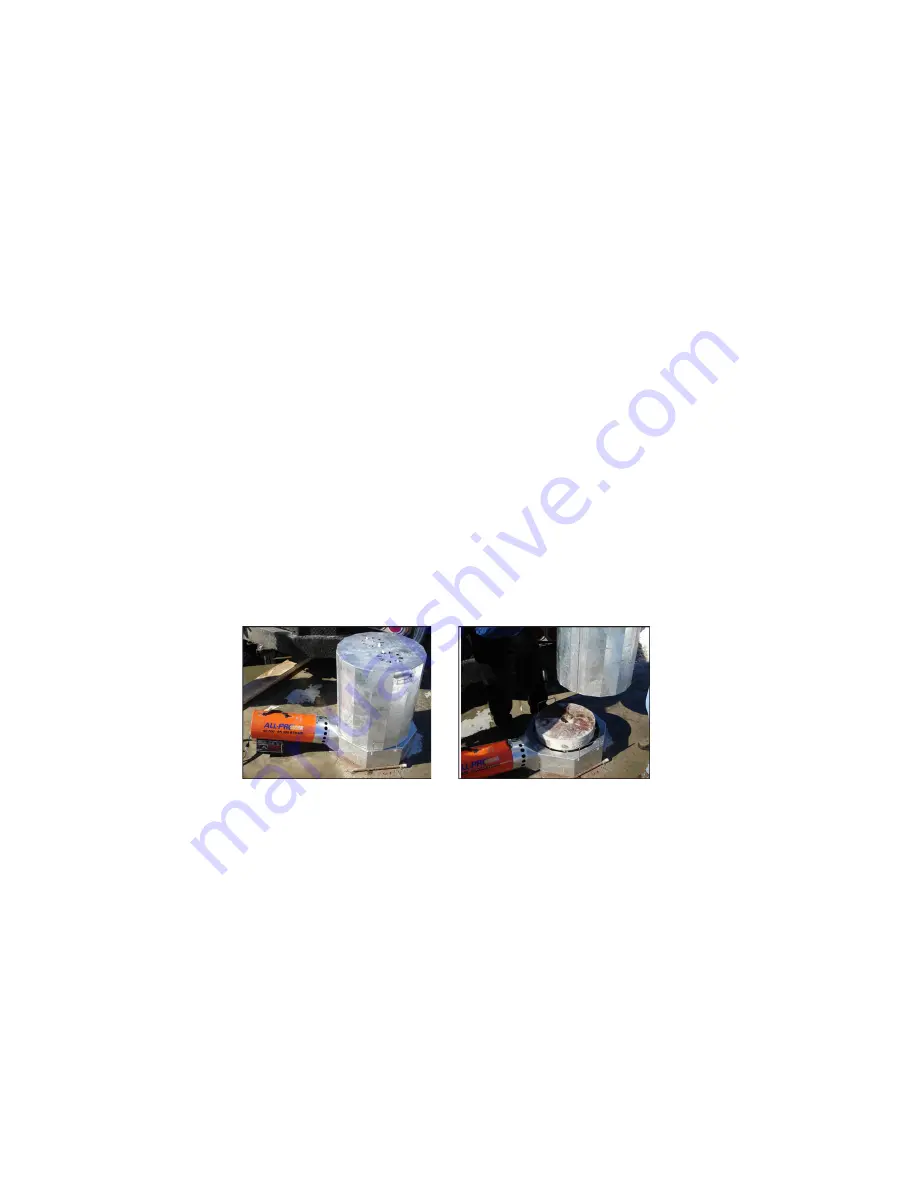
© 2010 Utilicor Technologies Inc.
27
least 50ºF – 60ºF to ensure that the surfaces to be bonded are not frozen and
are warm enough for long enough to allow the cementitious bond to set and
gain strength before the frost returns.
We are aided in this process by the fact that the hydration process in
Utilibond™ is exothermic (i.e. it gives off heat). Because of its super fast
strength gain, Utilibond™ only needs about 5-10 minutes for that reaction to
develop. But we need an external heat source to raise the surface
temperature of both of the substances to be bonded long enough to allow
the hydration reaction to develop sufficient internal heat of its own to
prevent the formation of ice crystals. This will allow the bond to gain strength
before the frost returns.
Because of Utilibond™’s super-fast strength gain formula, the retained heat in
the pre-heated core and pavement eliminates the ice crystal problem for a
sufficient time to allow the hydration reaction to kick in -- roughly 5 to 10
minutes. That reaction generates additional internal heat that allows
Utilibond™ to gain strength over the next 30 minutes or so. Once this initial
bonding reaction takes place, freezing temperatures will not affect the bond.
Other products with slower strength gain times, such as those that take more
than half an hour to gain strength at normal operating temperatures of 70º F,
will take longer to set up and gain strength and may not perform in cold
weather.
To achieve these conditions in cold weather we use hot water in the mix and
heat the surfaces of both the hole and the core with a specially engineered
core heater.
Contact Utilicor directly for further details on the latest procedures and
equipment for cold weather core reinstatement.
Utilicor core heater
















































